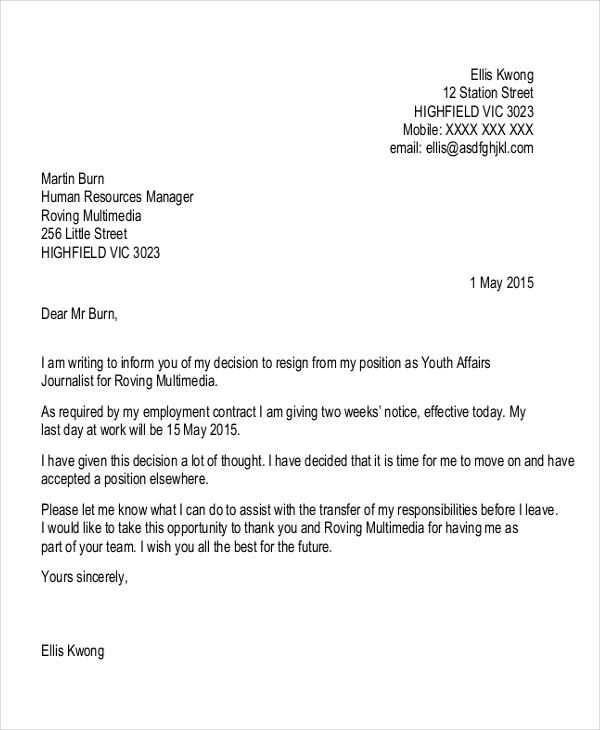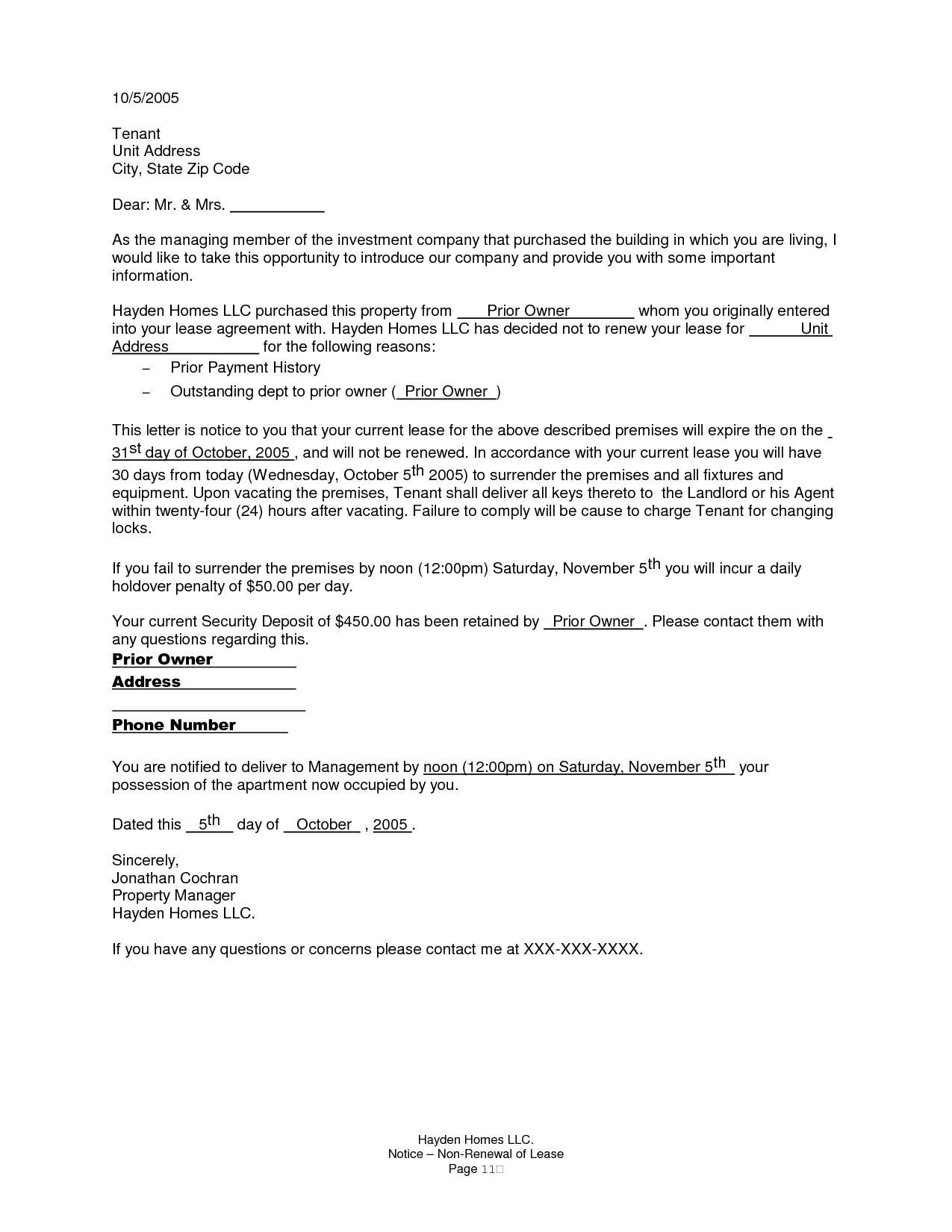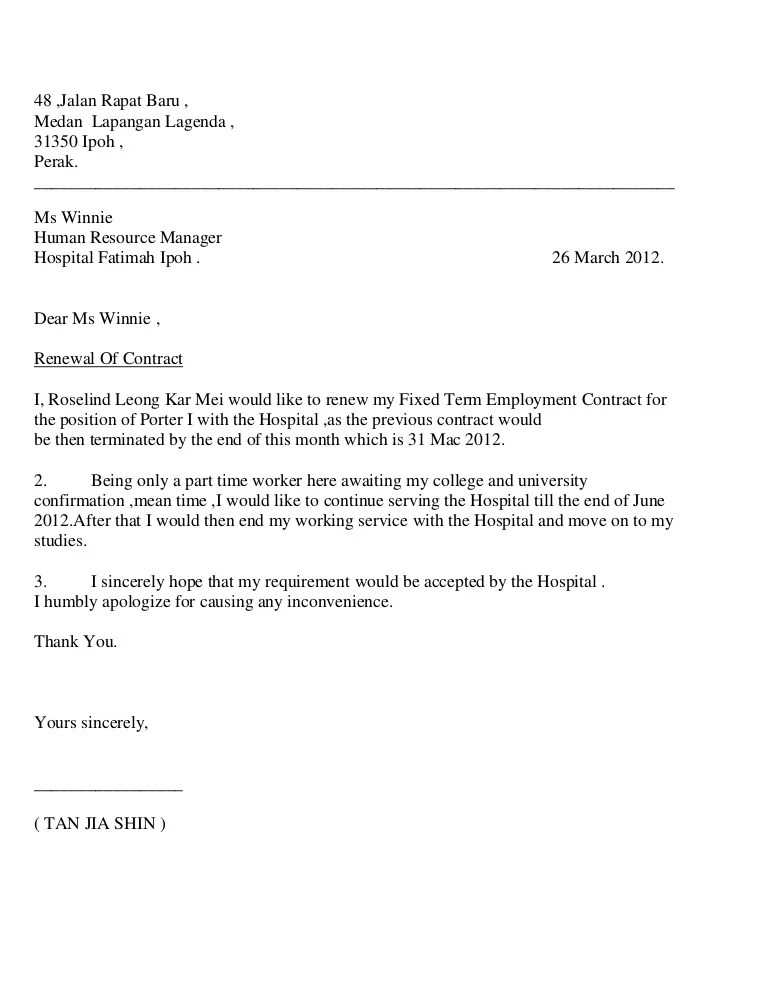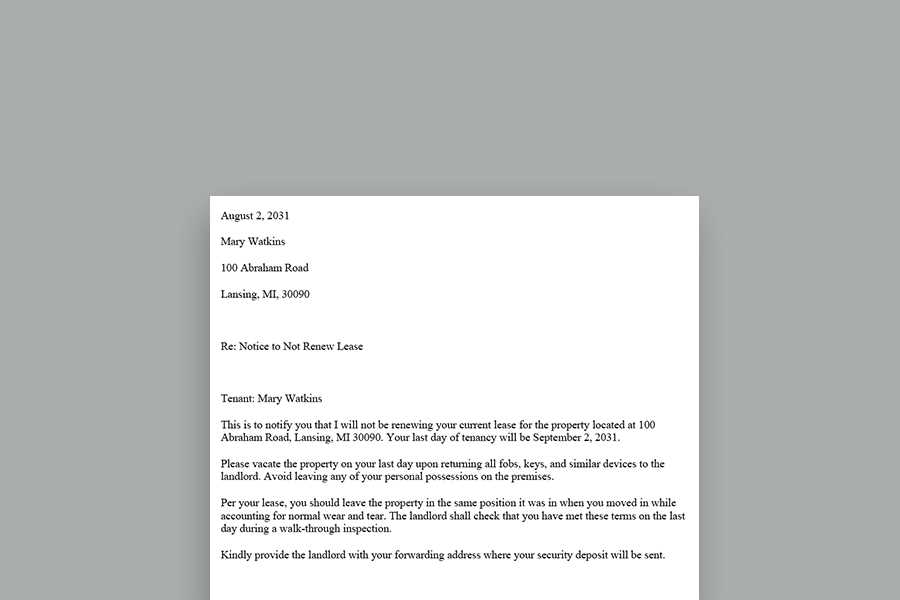Non Renewal Letter Template for Easy Contract Cancellation

When it comes to ending an agreement, it is crucial to communicate your decision clearly and professionally. A well-drafted termination notice helps both parties understand the conclusion of the arrangement and prevents any misunderstandings. Whether for a business or personal contract, an effective document ensures smooth closure with minimal complications.
Understanding the structure and key elements of such a document is essential. A clearly written termination statement should address the intent to end the agreement and outline any necessary details, such as dates and obligations. By following the right format, you can avoid errors and ensure your communication is both respectful and legally sound.
Customizing your document to fit specific circumstances can enhance its effectiveness. Whether you’re ending a service, lease, or other types of agreements, adapting the content to reflect the context ensures that all relevant points are covered. This can help prevent confusion and streamline the process for both parties involved.
Creating an Effective Agreement Termination Document
When ending an existing arrangement, it’s important to communicate your intentions clearly and professionally. A well-constructed notice will help both parties understand the decision and ensure a smooth conclusion to the contract. The key to a successful termination notice is clarity, structure, and professionalism.
To create an effective document, follow these essential steps:
- Clearly state your intent: Make it clear that you are ending the agreement, and specify the date when the termination takes effect.
- Include important details: Mention the parties involved, the agreement in question, and any obligations that still need to be fulfilled before the termination date.
- Keep the tone formal and respectful: Even if the arrangement is not working out, maintaining a professional and polite tone will prevent unnecessary conflict.
- Sign and date the document: Ensure that the document is signed by all necessary parties and include the date to confirm when the termination will take place.
Customizing your termination document according to the specific circumstances will make it more effective. The following elements are typically included in such notices:
- Introduction stating the intention to terminate
- Details of the contract and the termination date
- Clarification of any remaining duties or payments
- Signatures of all involved parties
By following these guidelines, you can create a clear and professional document that helps both parties understand the agreement’s conclusion without misunderstandings or complications.
Why You Might Need a Cancellation Letter
There are various reasons why individuals or businesses may need to formally end an existing agreement. Whether it’s due to changes in circumstances, dissatisfaction with terms, or the expiration of a contract, providing a clear written notice ensures that the termination is understood and legally recognized. A well-crafted cancellation statement protects both parties from confusion or potential disputes.
Protecting Your Legal Rights

Having a written record of your decision to cancel an agreement can safeguard your rights. This document serves as proof that you communicated your intent to terminate the contract within the agreed-upon timeframes. It also protects you from any future claims or misunderstandings regarding your intentions or actions.
Maintaining Professional Relationships

Even when ending a contract, it’s essential to maintain professionalism. A clear and respectful communication can ensure that both parties part ways amicably. This approach helps preserve future opportunities for collaboration or negotiation, should the need arise.
Essential Parts of a Non Renewal Document
When creating a formal notice to terminate an agreement, certain elements must be included to ensure clarity and prevent misunderstandings. A well-structured document should cover key information that confirms the intent to end the arrangement, details about the parties involved, and any necessary actions following the termination. Including these parts ensures the message is professional and legally sound.
The essential components of such a notice typically include:
- Statement of termination: Clearly state the decision to end the agreement and specify the effective date.
- Parties involved: Identify both parties in the agreement and their roles to avoid confusion.
- Reason for cancellation: While optional, briefly explaining the reason can provide clarity and maintain transparency.
- Outstanding obligations: Address any remaining responsibilities or actions that need to be completed before the agreement is fully concluded.
- Contact information: Provide clear contact details for further communication or follow-up actions, if necessary.
Including these key details ensures that the termination process is clear, complete, and leaves no room for misinterpretation or further conflict.
Step-by-Step Guide to Customizing Your Document
Customizing a document to end an agreement involves tailoring it to your specific situation. The process requires adjusting the content to reflect the terms of the contract, the reason for termination, and any unique details about the parties involved. By following a simple, organized approach, you can create a professional and effective notice.
Here’s a step-by-step guide to help you personalize your document:
- Identify the parties: Begin by including the names and contact information of the individuals or organizations involved in the agreement.
- State the intent: Clearly express the decision to end the agreement, along with the effective date of termination.
- Include important details: Depending on the agreement type, add relevant clauses, such as any remaining duties, payments, or specific actions required before termination.
- Use professional language: Ensure the tone remains respectful and formal throughout the document to avoid misunderstandings.
- Sign and date: Conclude the document by signing it and adding the date to confirm the termination is official.
By following these steps, you can customize the document to suit your needs while maintaining professionalism and clarity. Adjusting the content for your specific case will ensure the termination process is smooth and clear for all parties involved.
Common Pitfalls to Avoid When Writing

When drafting a formal notice to end an agreement, it’s essential to avoid common mistakes that can lead to confusion or legal issues. Small errors in wording or structure can undermine the clarity and effectiveness of the message. Being aware of these pitfalls ensures that the document serves its purpose without complications.
Here are some common mistakes to avoid:
- Vague language: Avoid using unclear or ambiguous terms that could lead to misinterpretation. Be specific about your intent and the details of the termination.
- Missing key details: Ensure all important information, such as the effective termination date, parties involved, and any outstanding obligations, is included to avoid misunderstandings.
- Failing to address obligations: Don’t neglect any remaining duties or responsibilities that need to be addressed before the contract ends. Leaving them out can cause confusion later.
- Using informal tone: While it’s important to be clear, the tone should remain professional throughout the document. Avoid casual language or unnecessary emotional expressions.
- Neglecting signatures: Forgetting to sign the document or to get the necessary signatures can make the notice invalid. Always ensure all parties involved sign and date the document.
By being mindful of these potential pitfalls, you can ensure that your cancellation notice is clear, complete, and legally sound, preventing any further complications or disputes.
Legal Considerations for Non Renewal Notices
When ending an agreement, it’s crucial to understand the legal aspects involved to ensure the process is compliant with applicable laws. A termination notice that does not adhere to legal requirements can lead to disputes or even legal action. Being aware of these considerations can protect both parties and ensure the termination is recognized and enforceable.
Key Legal Requirements
Different contracts may have specific requirements regarding termination. These may include mandatory notice periods, specific language to be used, and legal clauses that must be respected. Understanding these legal aspects is critical to avoid future challenges.
| Legal Consideration | Description |
|---|---|
| Notice Period | Ensure that the correct time frame for informing the other party is followed as outlined in the agreement. |
| Proper Language | Use clear and precise language to express the intent to terminate the contract, avoiding any ambiguity. |
| Fulfillment of Obligations | Ensure any outstanding duties or payments are addressed before the termination date to prevent disputes. |
| Signature Requirements | Both parties may need to sign the document to confirm the termination is mutually agreed upon. |
Potential Legal Consequences
Failure to comply with legal requirements can result in penalties or an invalid termination notice. In some cases, the other party may challenge the notice in court, potentially leading to costly legal proceedings. Therefore, it’s essential to be diligent and ensure compliance with all necessary regulations.
Where to Find Trusted Template Resources
Finding reliable resources to create professional documents is essential for ensuring accuracy and compliance. Whether you’re drafting a formal notice to end an agreement or another important business communication, using a trusted source can help you avoid errors and save time. Many platforms offer high-quality examples that can be customized to suit your specific needs.
Here are some places to find reputable resources:
- Legal and Contract Websites: Websites specializing in legal documents often provide templates that are vetted by professionals to ensure they meet legal standards.
- Business Resource Platforms: Many business-oriented sites offer customizable forms and documents tailored to various industries and purposes.
- Online Document Services: Services like Google Docs or Microsoft Word often have pre-built templates for business communication, making them easy to edit and adapt.
- Professional Associations: Certain industry associations provide resources and guides that include document templates suitable for specific professional requirements.
- Template Marketplaces: Platforms such as Etsy or Template.net offer downloadable forms created by professionals for various business and legal uses.
By using these trusted sources, you can be confident that the document you create will be legally sound and tailored to your specific needs, ensuring a smooth and professional process.